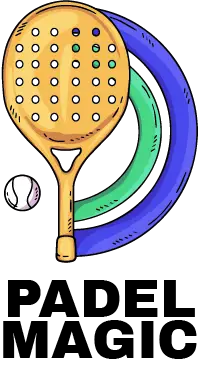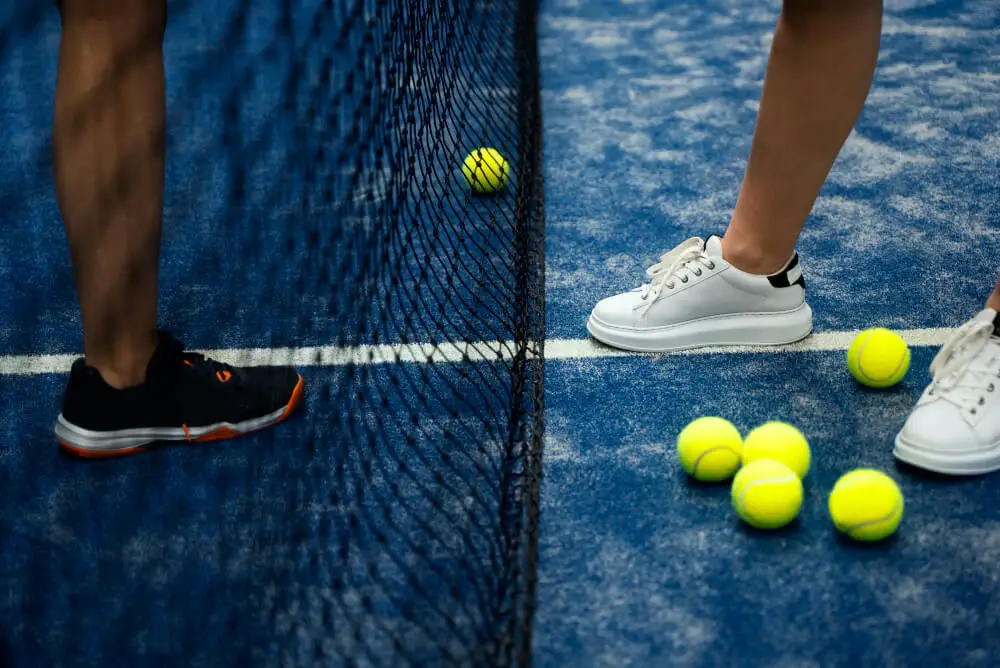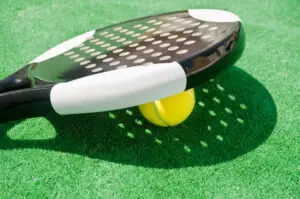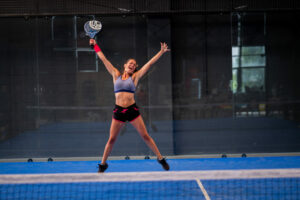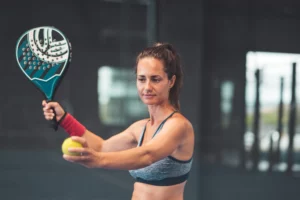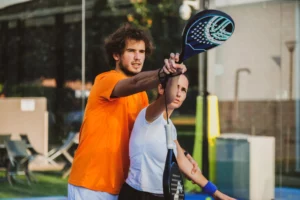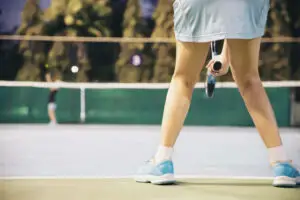Tennis Shoes Vs. Padel Shoes
Padel and tennis enthusiasts often prioritize selecting the perfect racket to match their playing level, sometimes overlooking the importance of their footwear. While the choice of racket is undoubtedly crucial, the shoes you wear are equally, if not more, vital.
To maximize your performance and comfort on the court, it’s essential to have high-quality shoes that enhance your movement. But what’s the significance of using sport-specific shoes? Let’s explore this further.
- ALSO READ: Is Padel Tennis Easier Than Tennis?
The Importance of Choosing Sport-Specific Shoes
Selecting shoes tailored for your specific sport is key to enhancing performance, ensuring comfort, preventing injuries, and extending the life of your footwear. Here’s why choosing sport-specific shoes is a game-changer:
Enhanced Performance
Different sports demand unique movements, and shoes are designed to cater to these specific requirements. Padel, for instance, involves rapid, multi-directional movements, often requiring players to quickly pivot and rotate, especially when responding to a ball rebounding from a wall.
Padel shoes are engineered to offer maximum comfort, agility, and flexibility, catering to these unique movements.
In contrast, tennis involves a blend of short, explosive movements and extended lateral movements, with more sudden stops and starts compared to padel.
To achieve optimal performance in your chosen sport, be it tennis or padel, it’s crucial to wear shoes designed for that specific activity.
Padel shoes are optimized for padel’s specific movement patterns, just as tennis shoes are tailored for the movements typical in tennis. Using the wrong type of shoe can hinder your ability to move swiftly and effectively towards the ball.
Comfort in Sport Footwear
Achieving peak performance and enjoying your training sessions hinge on comfort, which extends to all your equipment, including footwear.
Wearing ill-fitting shoes can lead to discomfort, injuries, or even blisters. Comfort is a crucial factor, and our footwear designers have meticulously analyzed court movements to understand exactly what your feet need for optimal comfort while pursuing that extra shot. We’ll delve into the specific features and technologies of our padel and tennis shoes later.
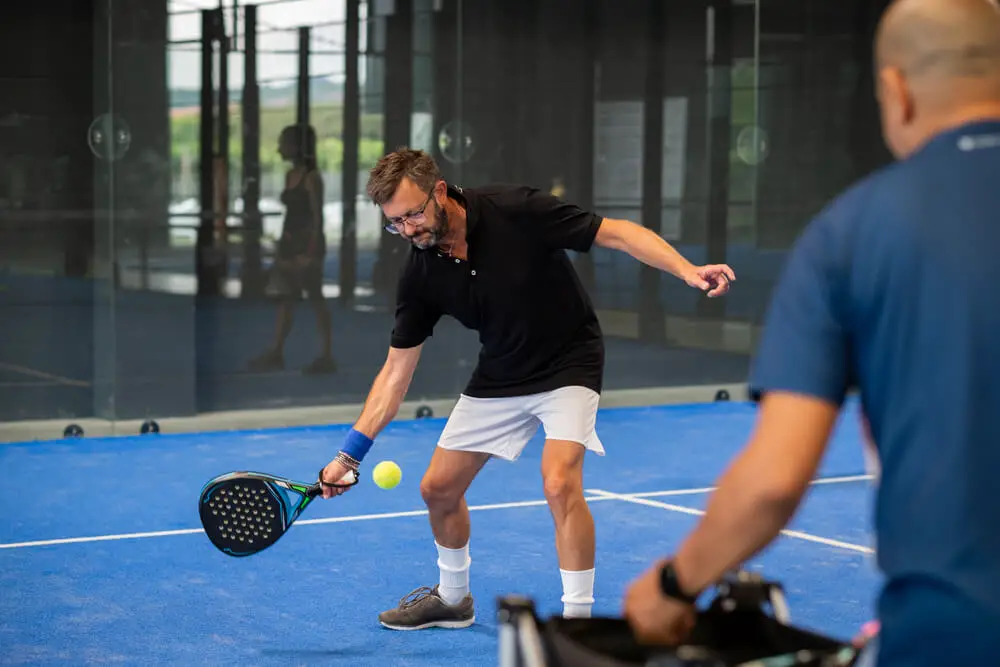
Shoe Durability and Material Considerations
The durability of your shoes and the protection they offer to your feet largely depend on the materials used. Since padel and tennis involve different movements and are played on distinct surfaces, the construction and outsoles of shoes are tailored to each sport.
For padel, which typically features less abrasive surfaces than tennis, shoes are designed to be lighter and more flexible by removing certain reinforcements and pads.
Padel shoes still require robustness, particularly on the sides and forefoot. In contrast, tennis shoes often incorporate additional stability at the front to support longer strides and dynamic movements.
It’s crucial to note that shoes not specifically labeled for padel or tennis may lack the necessary reinforcements to prevent rapid wear and tear, likely resulting in a shorter lifespan. Using non-specific shoes can increase both the rate at which your shoes deteriorate and your risk of injury.
Variations for Different Court Surfaces
The choice of shoes also varies with different court surfaces like clay, grass, or hard courts, primarily in the outsole design.
Tennis, often played on hard surfaces such as concrete, requires soles that are flatter and less grippy to facilitate sliding.
Padel, however, demands more traction and grip for surfaces like artificial grass, which can be slippery. Historically, padel outsoles featured a herringbone pattern similar to clay-court tennis shoes, leading many players to opt for clay tennis shoes for better slide control on artificial grass.
But with modern padel courts using less or no sand, the use of clay tennis shoes is no longer beneficial. These shoes are less durable and may hinder performance on contemporary padel courts.
Padel Shoes
Traction and Durability:
Padel shoes feature specialized traction patterns for superior grip and are built for durability, with reinforced sidewalls and abrasion-resistant materials to withstand lateral movements.
Toe Protection: Reinforced toe guards in these shoes protect against wear from specific padel movements, extending shoe life and performance.
Impact Absorption:
The cushioning in padel shoes is designed for shock absorption, crucial for concrete courts, reducing joint strain.
Insole Support and Airflow:
These shoes have padel-specific insoles for targeted support and feature breathable materials for moisture management and comfort in long matches.
Stability Design:
Ankle support in padel shoes is vital for rapid lateral movements, with reinforced materials around the ankle for stability.
Design Options:
Players can choose from low-top, mid-top, or high-top shoes based on their ankle support needs and preference for movement freedom or protection.
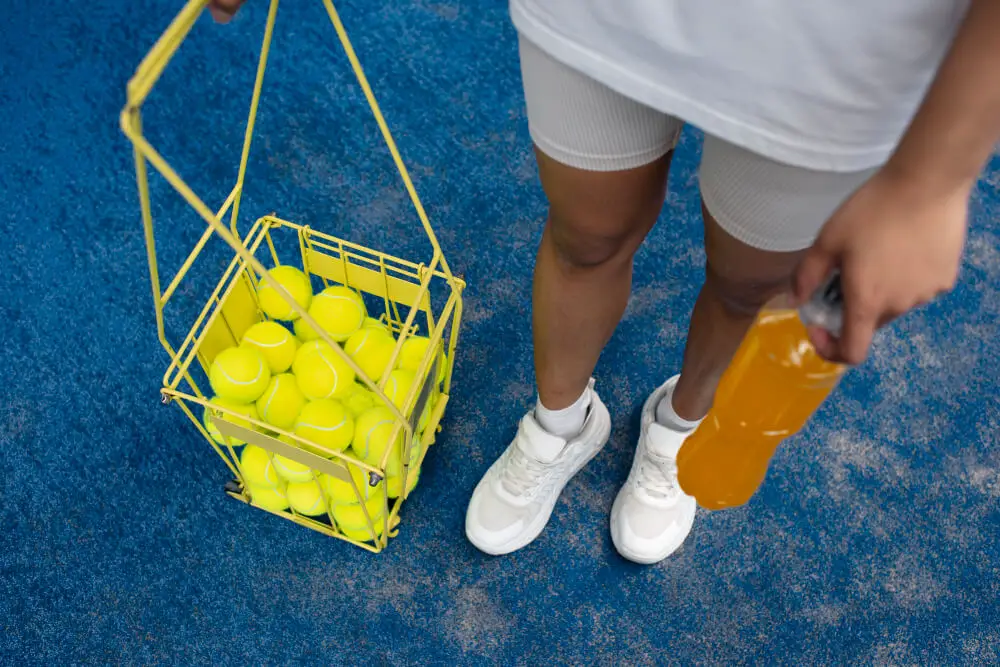
Tennis Shoes
Design and Traction of Tennis Shoes
Tennis shoes are tailored for the sport’s dynamic movements and varied court surfaces, featuring versatile traction patterns for optimal grip. Reinforcements in the toe and midfoot address the frequent pivoting and pushing off, enhancing durability and protection, especially on abrasive hard courts.
Cushioning and Comfort
These shoes boast advanced shock absorption to minimize the stress of high-impact actions, ensuring comfort and reducing injury risks. Tailored insoles offer targeted support, crucial for stability and performance, while breathable materials maintain cool, dry feet during intense play.
Ankle Support and Stability
Crucial for the sport’s quick movements, tennis shoes provide essential ankle support to minimize sprain risks. Available in low-top for agility, mid-top, and high-top for added protection, they cater to different preferences and stability needs.
Why You Need Padel Shoes?
Comparison Table: Padel Shoes vs. Tennis Shoes
| Padel Shoes | Tennis Shoes | |
|---|---|---|
| Traction | Specific traction patterns for lateral movements and quick direction changes on padel courts. | Versatile traction patterns to adapt to various court surfaces, such as hard courts, clay, and grass. |
| Durability | Designed with durable materials and reinforced sidewalls to withstand lateral movements on padel courts. | Reinforced areas in the toe and midfoot regions to handle the repetitive forward-backward movements in tennis. |
| Toe Protection | Equipped with toe guards or reinforced toe caps to protect against wear during specific padel shots and movements. | Focus on reinforcement to protect against abrasion during intense rallies and pivoting on different court surfaces. |
| Impact Absorption | Excellent impact absorption for high-intensity rallies on concrete courts. | Emphasizes shock absorption to reduce the impact of abrupt stops and high-impact movements on various court types. |
| Court Surface Adaptability | Optimized for artificial grass or hard courts with specific traction patterns. | Adapts to different court surfaces, including hard courts, clay, and grass, with versatile outsole designs. |
| Breathability | Provides breathability for prolonged play on artificial grass or concrete courts. | Offers ventilation to regulate temperature during intense matches, especially in warm weather conditions. |
Frequently Asked Questions
No, padel shoes and tennis shoes are not the same. While both are designed for racquet sports and involve lateral movements, they have distinct characteristics tailored to the specific demands of each sport.
For padel, it is recommended to wear specialized padel shoes. These shoes are designed with features like specific traction patterns, reinforced sidewalls, and cushioning for impact absorption during lateral movements on padel courts. Padel shoes provide the necessary support and stability to enhance performance and prevent injuries.
No, it’s not recommended to wear running shoes for padel because they don’t provide the necessary lateral support and traction needed for the sport’s specific movements.
Yes, it’s highly recommended to use padel-specific shoes when playing padel. They provide the necessary traction, support, and stability tailored for the unique movements and court surfaces of the game, which enhances performance and reduces the risk of injury.
Hard-court tennis shoes can be a suitable option for padel, especially if you don’t have access to padel-specific shoes.
Yes, there are significant differences between running and padel shoes
Squatting in padel shoes is not recommended because their design, focusing on lateral support and court-specific traction, may not provide the necessary stability and ankle flexibility needed for proper squatting form.
For playing padel, it’s best to wear padel-specific shoes. These shoes are designed with features like enhanced lateral support, appropriate cushioning, and specialized traction patterns on the outsoles for the quick, multi-directional movements typical in padel. They also offer durability and stability suited to the surface of padel courts.
For playing padel, people usually wear:
- Shoes: Padel-specific shoes for proper grip and support.
- Clothing: Comfortable, flexible sportswear like T-shirts, shorts, and athletic pants.
- Accessories: Optional items like sweatbands, caps, and sports socks.
- Equipment: A padel racket and balls.
